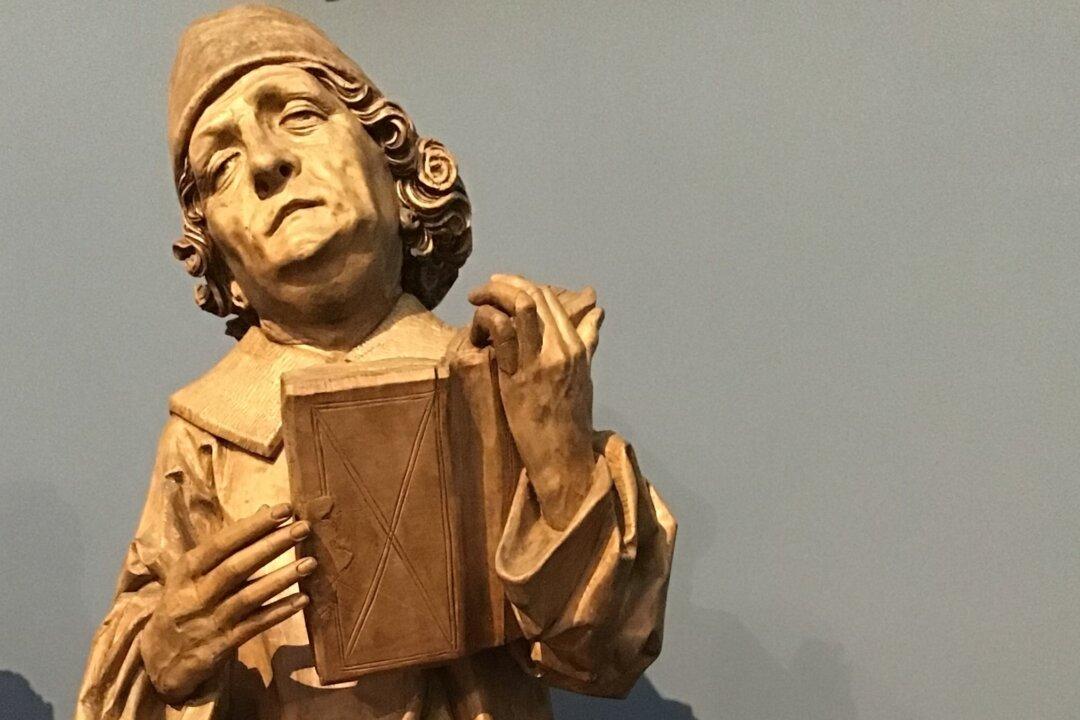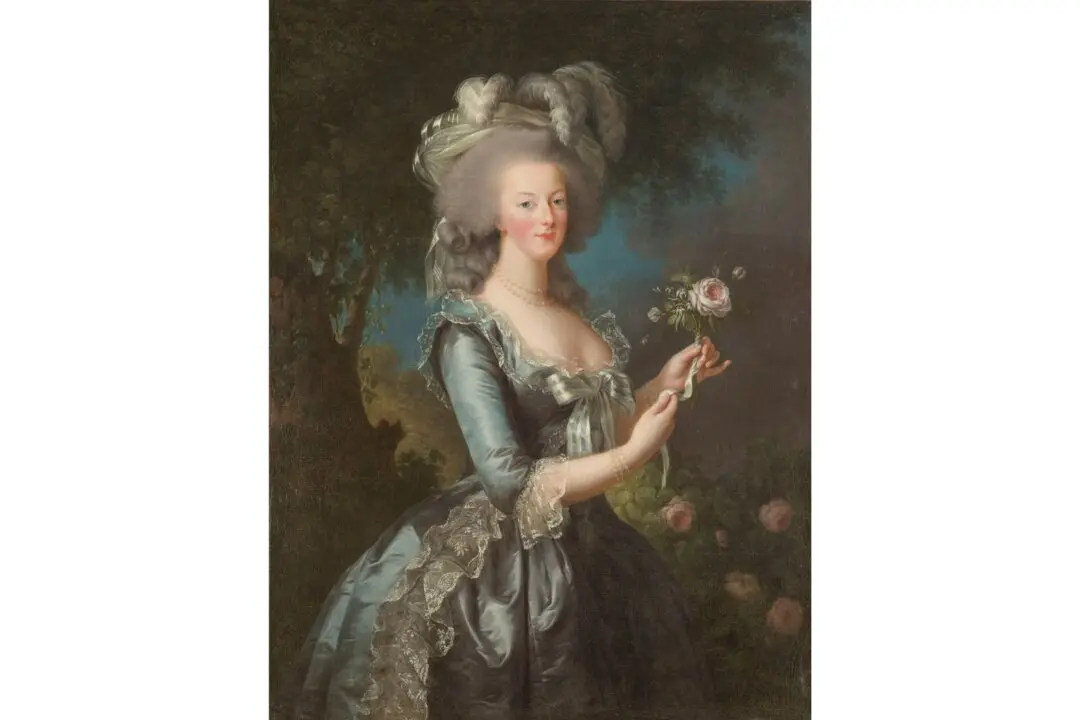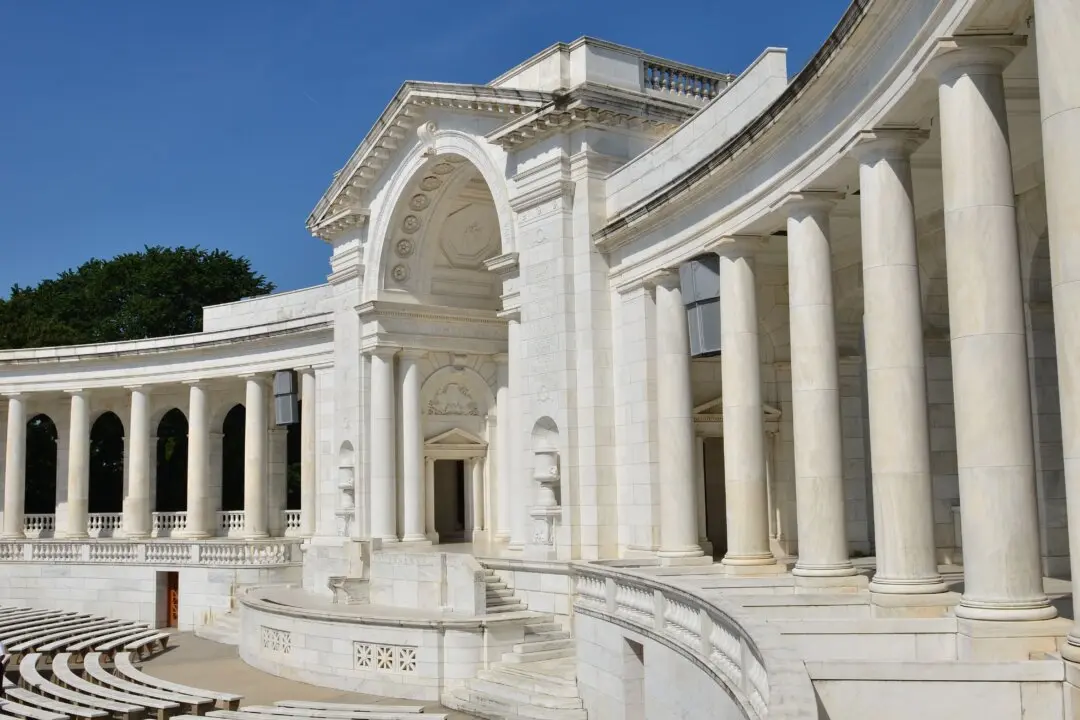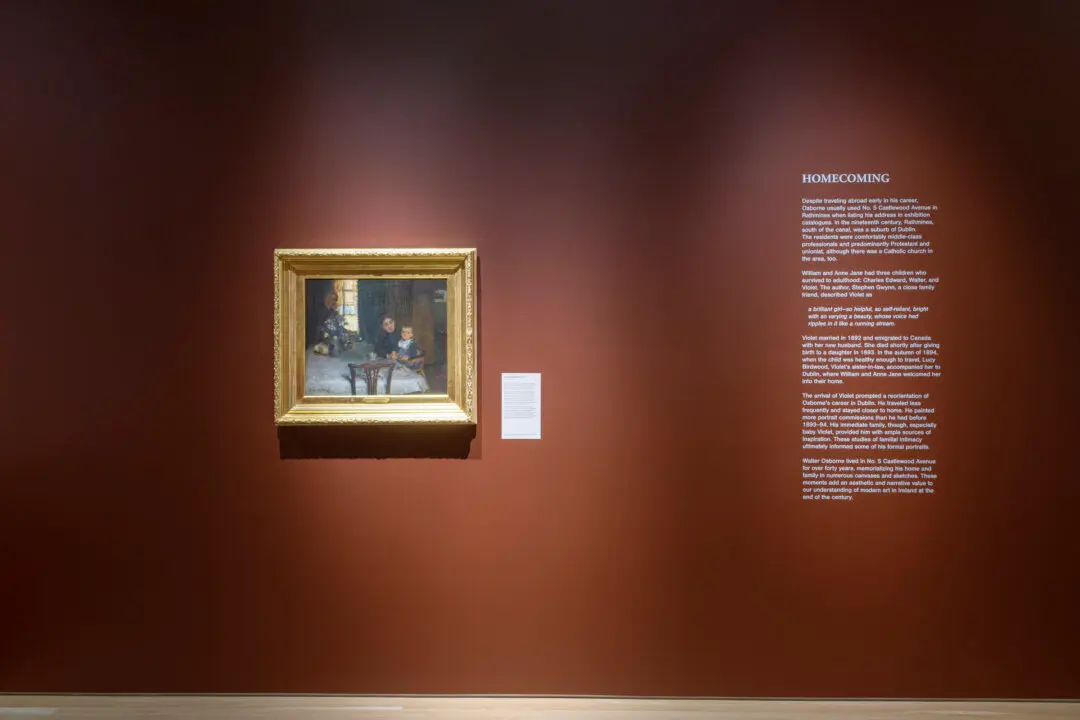BERLIN—Gothic sculptors had God in mind with every piece that they made. Their carefully crafted sculptures, illustrating the Bible and the lives of saints, formed an important part of church architecture—cementing the word of God into the heart of man.
Architects, artists, and artisans ensured everything in the church glorified God, so that even the illiterate could understand the word of God.






